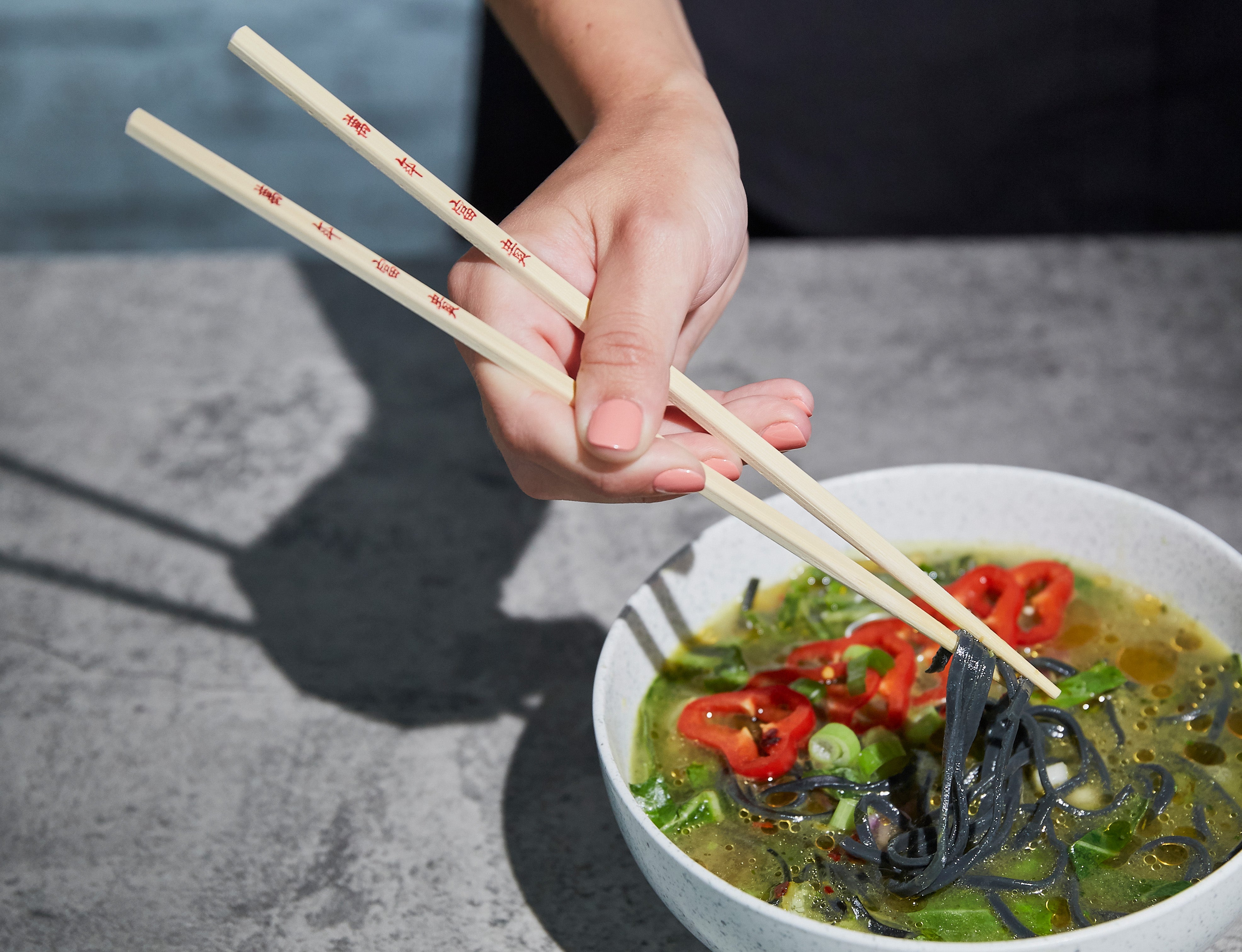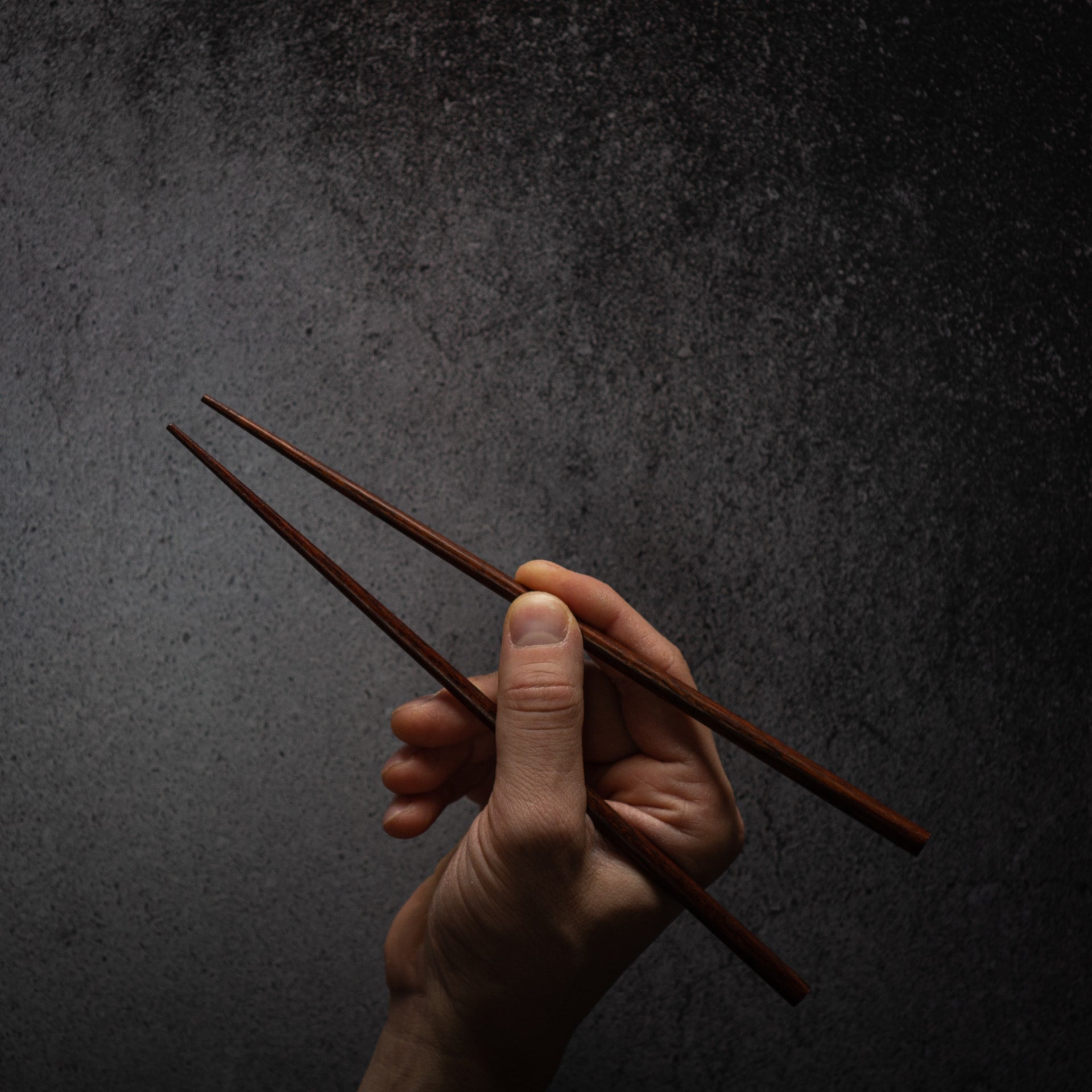
Guide To Buying The Right Wok
Are you looking to take your culinary skills to the next level? Investing in the perfect wok can make your cooking experience more enjoyable and effective. So let’s explore what type of woks are available...
What is a wok?
This wide, bowl shaped pot is a must for anyone serious about cooking East Asian food - in fact, many would go as far as saying it’s the most important tool in a Chinese kitchen. Woks reach high searing temperatures and distribute this heat evenly across the surface — a process that gives many authentic dishes their distinct flavour.
But they’re not only renowned for stir-frying excellence. Due to how speedily they heat up, they’re a great way to deep-fry, steam or boil food too.
What types of wok are there?
Carbon steel
The most popular type is definitely the carbon steel wok. Many experienced Asian cooks wouldn’t consider using anything else — and you don’t have to pay over the odds for one that works beautifully and stands the test of time.
Carbon steel is an inexpensive material that conducts heat incredibly effectively, so achieving that optimum temperature control is much easier than with other alternatives. Its ability to withstand heat also means they’re less prone to wear and tear in the long run. And if you use it properly, you get all the benefits of a non-stick pan. Carbon steel woks form their own non-stick coating through the build-up of carbon deposits. This process is called ‘seasoning’. As well as changing the taste of the food, this makes the wok much easier to clean.
Stainless steel
As they’re non-reactive, stainless steel woks are great for making acidic, vinegar or tomato-based dishes. They have the added benefit of being lightweight — a perk for both cooking and transporting food. But they transmit heat very quickly, which could scorch the food or even your hand, and the amount of scrubbing they require afterwards isn’t for the fainthearted! Luckily, all Ken Hom stainless steel woks come with a non-stick coating.
Both carbon steel and stainless steel are ferromagnetic materials, so they’re suitable for use on induction hobs. However, if you have an induction hob, double check the wok’s recommended for use on one before you order.
Wok shape and size
Once you’ve decided on the material of your wok, there are a few other factors to consider, such as what size you need. Ken Hom woks come in sizes ranging from 20cm to 36cm, and your preference will probably depend on both the type of stove you have and the amount of people you intend to cook for.
Then there’s the question of whether to choose a flat or round-bottom wok. Round-bottom woks are the most traditional style, but unless you have a special wok stove with a round opening, or a fitting on a range hob, they’re not just impractical, they simply won’t work. A flat-bottom wok will balance on any type of stove, and the heat will cook your food directly.
That takes us on to handles. Traditionally, woks were made with two short handles so they could easily be put in an oven - but for stove-top use, this isn’t necessarily the best option. As wood doesn’t conduct heat, a wok with wooden handles will be much easier to tilt, move and handle - a huge plus when you’re largely using it for stir-frying.

What about non-stick woks?
As with any non-stick pan, non-stick woks are designed to make cooking with less oil easier. Although carbon steel woks have non-stick qualities when seasoned, not everyone wants to go through this process. Some would rather the wok be ready for use from the moment it arrives, in which case, buying non-stick is a better option.
Non-stick coatings are also easier to clean by hand, only requiring warm water and sometimes a tiny bit of mild detergent. Be careful not to harshly scrub or scour the pan as this will damage the non-stick coating. And avoid metal utensils to prevent any scratches.
But can’t you buy a non-stick carbon steel pan? Yes - but be careful. Non-stick coating doesn’t always work well on carbon steel, and when applied badly, it can completely retract the benefits you’re looking to reap. At Ken Hom, we apply our non-stick coating inside-out to provide a robust seal. This withstands everyday use effortlessly, with no compromise on quality.
Got a better idea of what you’re looking for? Browse Ken Hom’s range of woks, and prepare to master recipes like never before!


